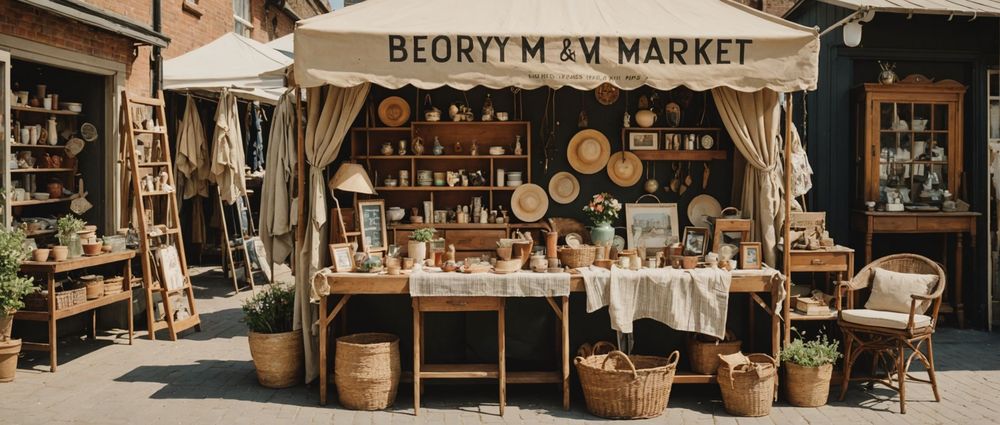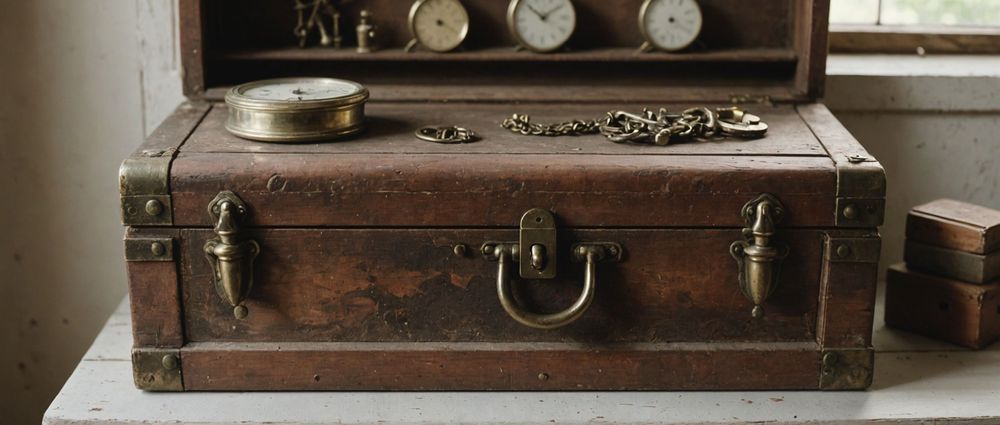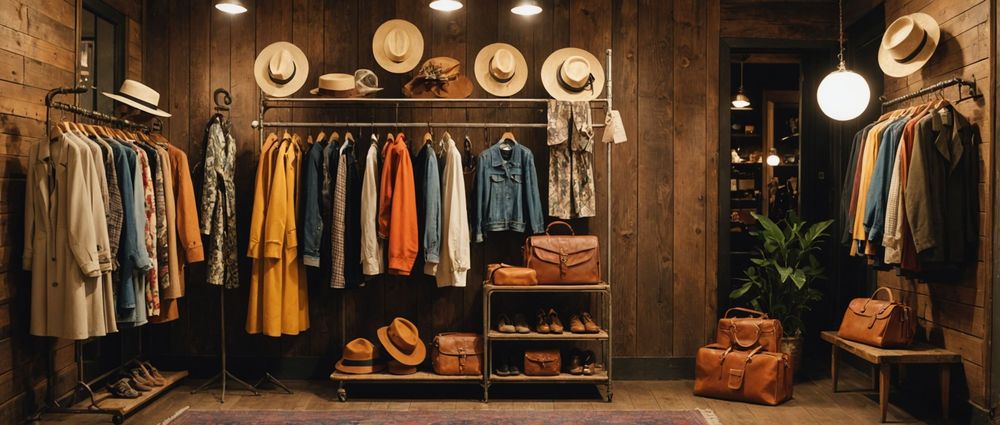The terms “old” and “vintage” are often used interchangeably in casual conversation, but they carry distinct meanings, especially in the realms of collectibles, fashion, and décor. While both terms refer to items that are dated, “old” can imply anything that merely isn’t new, whereas “vintage” conveys a sense of nostalgia, craftsmanship, and historical context, often associated with specific eras. This article dives deeper into the differences between these two terms and clarifies their unique implications.
Defining Old and Vintage

The definition of “old” is straightforward; it refers to anything that has aged beyond its original condition. This can apply to objects, people, or even concepts that have been around for an extended period. Conversely, “vintage” usually refers to items that are at least 20 years old but less than 100, bearing a significant historical value, craftsmanship, or style associated with the time of production. It often encompasses a romanticized view of the past. While an old item may simply be a used or outdated object, a vintage item suggests something curated for its appeal or importance.
Key Characteristics of Old Items
Old items can be anything from a pair of shoes to an antique piece of furniture, but their key characteristics are often defined by their general age and usability rather than their design or aesthetic significance. Some notable traits include:
- General wear and tear, possibly reducing their value.
- May lack historical or emotional significance.
- Often produced in bulk, lacking unique craftsmanship.
- Can be simply outdated in terms of style and functionality.
- Not necessarily sought after by collectors or enthusiasts.
Key Characteristics of Vintage Items

Vintage items are characterized by a certain charm that comes from their era, often appreciated for their unique features or the trends they represent. Here are some highlights of vintage items:
- Typically at least 20 years old but less than 100 years.
- Often associated with specific styles or movements, e.g., Art Deco, Mid-Century Modern.
- Highly sought after by collectors, often increasing in value over time.
- Constructed with an emphasis on quality and craftsmanship.
- Can carry emotional or aesthetic significance reflective of their era.
Subjective Perspectives: Old vs. Vintage
Perception plays a crucial role in distinguishing between old and vintage. What some may consider old, others might classify as vintage based on its historical context and personal sentiment. Moreover, the value assigned to items can be subjective; an old family heirloom may hold sentimental value making it more precious than a vintage object without personal ties. This subjectivity can influence how items are marketed, bought, and sold within various niches, particularly in fashion and collectibles. As tastes evolve over time, what is deemed vintage today could be viewed as merely old by future generations, underscoring the fluid nature of these terms.
Understanding the Market Impact
The market for old and vintage items also varies significantly. Vintage items often command higher prices, due to their desirability and perceived quality, attracting fine collectors and enthusiasts willing to pay a premium. Old items, though sometimes valuable, may mostly appeal to buyers looking for functional, budget-friendly options. Additionally, businesses that specialize in vintage products often highlight their unique qualities and craftsmanship, enhancing their allure. Focused marketing and targeted campaigns can elevate the status of vintage items in ways that simply cannot be achieved with older objects.
Conclusion
In summary, while “old” refers generically to things that have aged, “vintage” suggests a curated collection of items celebrated for their historical significance, style, and craftsmanship. Understanding these distinctions can significantly impact one’s appreciation of the past and influence purchasing decisions in markets filled with collectibles, fashion, and design. As you navigate through old and vintage items, remember that the value derived from them is not just about their age but also about the stories they carry and the memories they evoke.
FAQs
1. Can an item be both old and vintage?
Yes, an item can be both old and vintage if it meets the criteria of being at least 20 years old and possesses the aesthetic, historical, or emotional significance typical of vintage items.
2. Are vintage items generally more expensive than old items?
Typically, vintage items are more expensive due to their quality, rarity, and desirability among collectors compared to old items, which might only hold basic functional value.
3. How can I tell if something is vintage?
To determine if something is vintage, consider its age (20 to 100 years), style, manufacturer marks, and any signs of unique craftsmanship associated with a particular era.
4. Is there a specific year that defines an item as vintage?
While vintage generally refers to items at least 20 years old, there isn’t a specific universal year that defines it; instead, it depends largely on cultural context.
5. Do old items have value?
Old items can have value, but it often depends on their condition, rarity, and demand. Some may be prized for their historical significance, while others might be valued for their functional properties.



